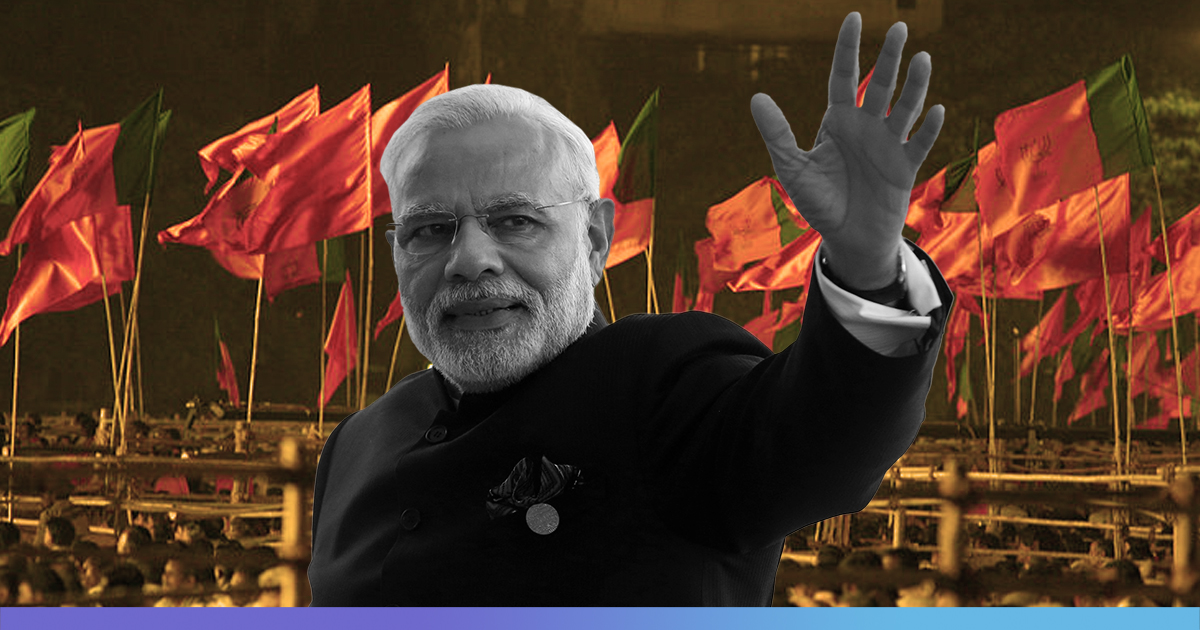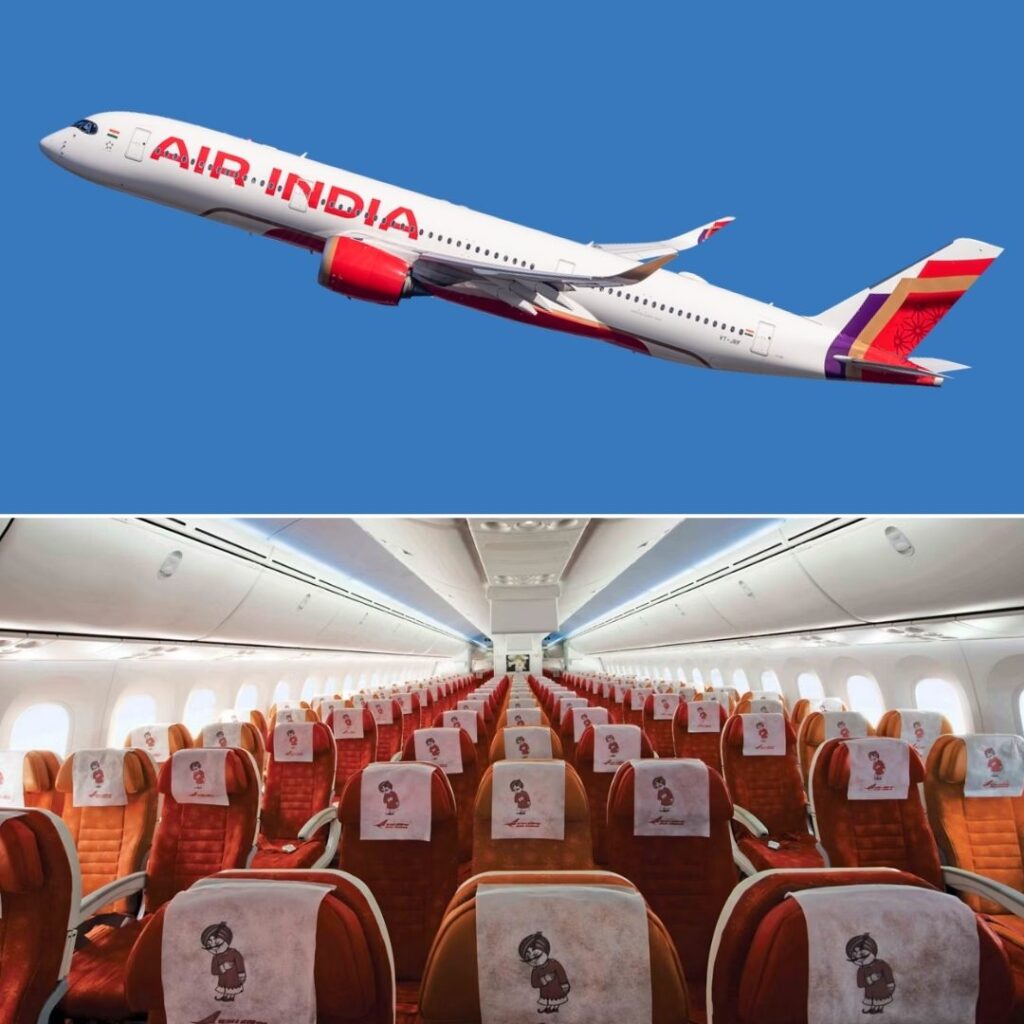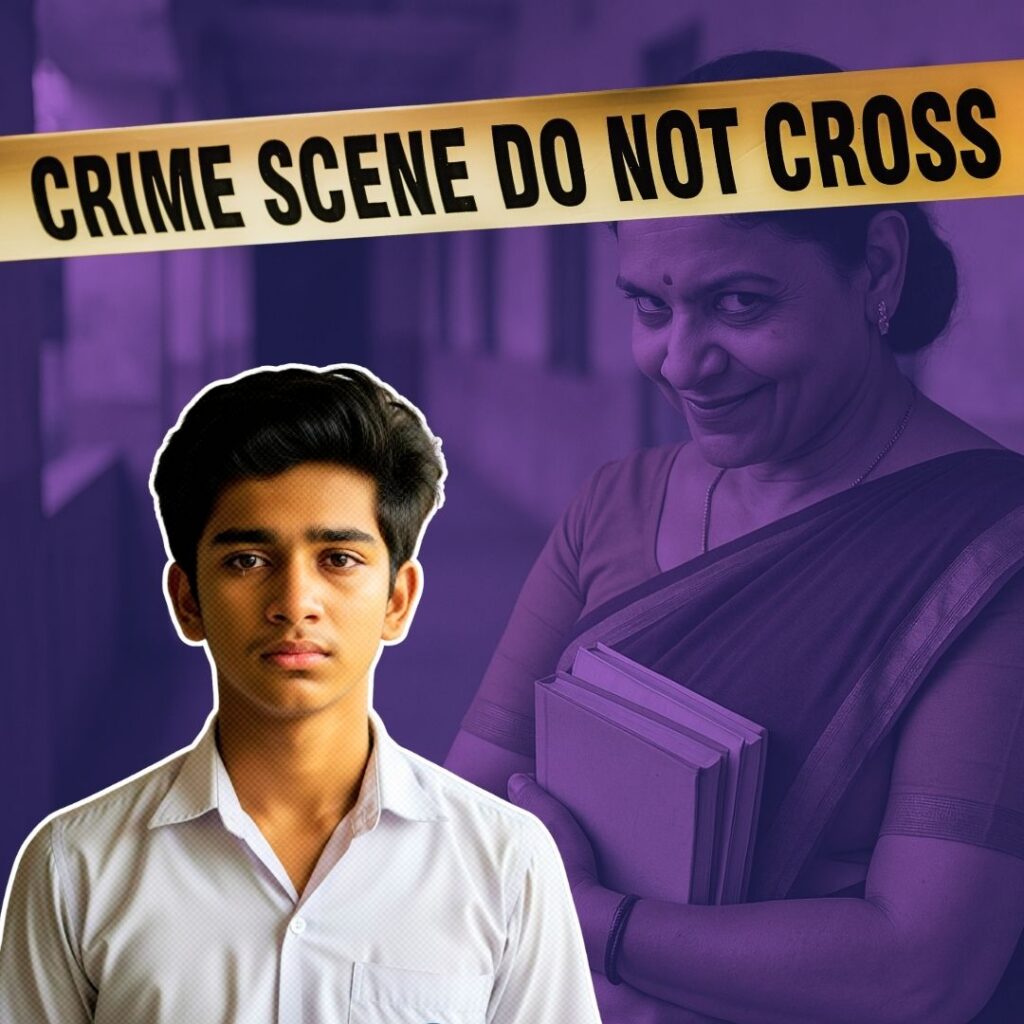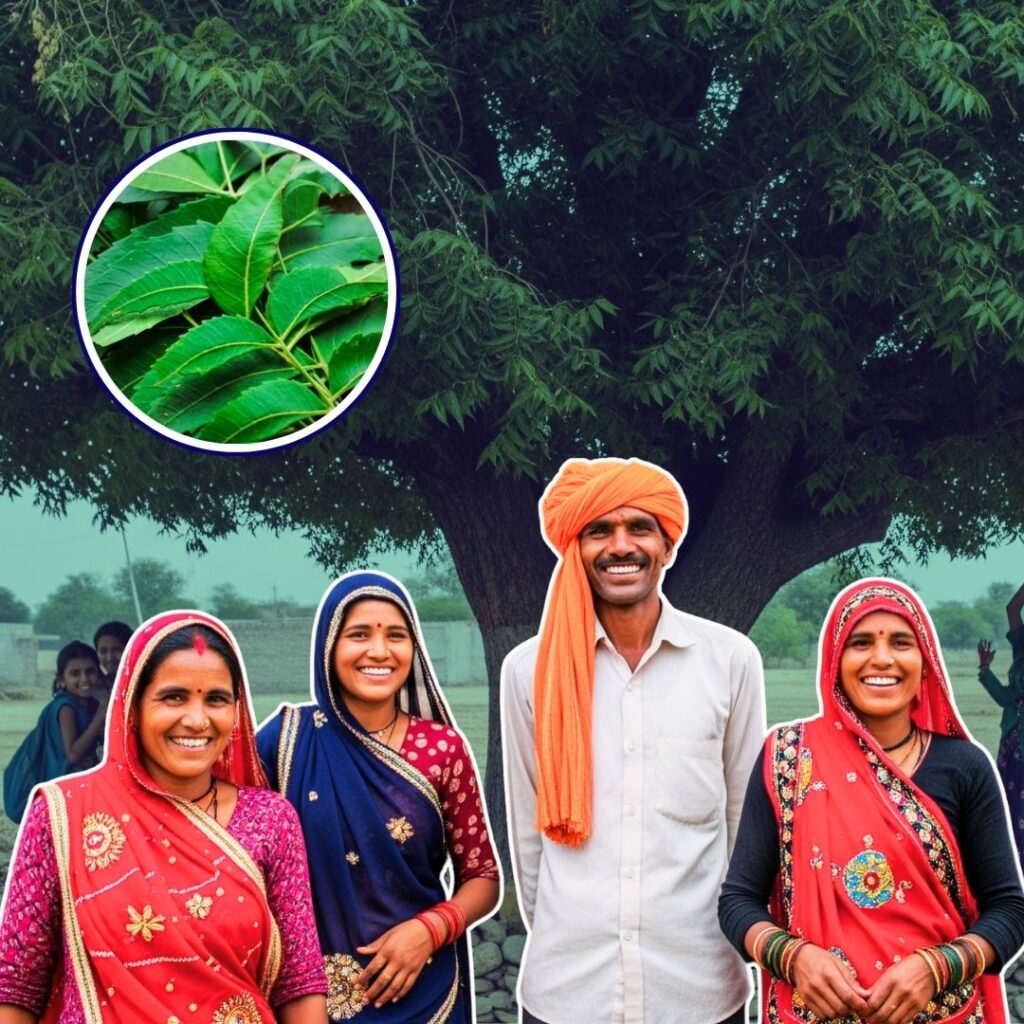As the dust settles after a resounding victory for the Modi-Shah duo, the Congress camp and its maha-gatbandhan are at a loss. The unprecedented saffron wave, which won more seats than the 2014 Lok Sabha elections has stumped everyone. Often likened to the United States’ President Donald Trump for raising a Nationalist jingle, the omnipresent Modi wave has swept the nation, yet again. But the bigger question is, why should it come as a surprise?
One of the successes of Modi’s campaign is his magnetic brand image, built seamlessly with ease. Many speculate that this election season, people went out to vote for ‘Modi’ rather than their own constituency candidates. Ever since he was fielded as the Prime ministerial candidate, back in September 2013, the Modi camp has carefully constructed his image, building him up from a controversial State Chief Minister to a symbol of National Development. And like every brand, something defines Modi apart from his political competition. From catchy slogans like “Phir Ek bar Modi Sarkar” to his ‘chowkidar’ image, he has caught the people’s attention better than his political rivals.
The Congress, however, is not a stranger to these tricks. They famously rolled out the ‘Indira Lao Desh Bachao’ tagline in the 1970s which coupled with Indira Gandhi’s unique hairstyle translated her into a symbol of strong leadership.
Like Indira Gandhi and Vajpayee before him, Modi’s camp effectively furnished him with a unique brand image. If one were to traditionally de-code brands, the Forbes magazine in a 2013 article lists ‘Audience Knowledge’ and ‘Uniqueness’ as the top 2 of 7 characteristics to make a successful brand.
His Oratory
One of the things that stands out about Modi is his election rhetoric that grips the supporters at rallies in a magnetic charm. They respond loudly to his questions and interact with rabid enthusiasm. A BJP supporter Vinay says, “he speaks what you want to hear.” Other supporters similarly tell you that he speaks against the elite, which is again, is a carefully curated sentiment.
Like Donald Trump challenged Hillary’s familial political upper-hand, Modi challenges the political dynasty in the country. He presents himself as an outsider to the elitist ruling class.
Campaign Identities
The BJP camp is also artful in assigning itself a designation. And one such designation is the ‘chowkidar’ image. Rahul Gandhi in his spirit, however, turned this phrase on to its head, changing the catchphrase to ‘chowkidar chor hai’ and even faced the Apex court for wrongly attributing his statement to the Rafale hearing.
Irrespective of how it played, the chowkidar term was an opportunity in disguise. And the Bharatiya Janata Party capitalized on it.
On March 17, ahead of polling, as a part of his “Main Bhi Chowkidar” campaign which was a response to Gandhi’s aforementioned comment, Modi changed his twitter handle name to “Chowkidar Narendra Modi.” Following the Prime Minister’s lead, BJP president and other BJP leaders also changed their profile names to Chowkidar Amit Shah, Chowkidar Piyush Goyal and the like, respectively. This was quickly picked up by supporters who took it upon themselves to become the vanguard against corruption and social evils.
Before his ‘Chowkidar’ title he was famously anointed with the Chaiwalla tag which also only helped build his underdog-outsider image.
Audience Knowledge
Another Modi supporter, my local panipuri-wala, post the elections assured me, “Modi will do good for the people. He will bring bullet trains across the country even to UP (where he hails from)” This sentiment, however, is not his alone. Despite demonetization and higher unemployment rates, people have unflinching faith in Modi’s promises for ‘acche din.’
From using the name of defence forces to promising swift action against terrorists and the country’s enemies, Modi made every possible nationalistic promise. The nationalist jingle and rising force of Hindutva have become dominant narratives. This worked and was exactly what the audience wanted to hear.
Social Media Presence
Social Media is the weapon of the millennial generation and its many platforms are the new age political arsenal. Twitter reportedly recorded 369 million tweets for the Lok Sabha Elections alone. And out of this, Prime Minister Narendra Modi ( @NarendraModi) emerged as the most mentioned political personality throughout the course of elections, while @BJP4India was the most mentioned political party according to Livemint.
The Hindu reported that the ruling party BJP spent ₹4.23 crore on over 2,500 ads on Facebook. Supporting pages like ‘My First Vote for Modi’, ‘Bharat Ke Mann Ki Baat’ and ‘Nation with NaMo’ were infused with over ₹4 crore for advertisements. On Google’s advertising platforms, more than ₹17 crore was spent for the same purpose.
The expenditure only adds to the continued presence of the Modi brand and the ruling party BJP in the minds of the public, playing on the simplest of advertising strategy- brand retentivity.
While rumours of Rahul Gandhi’s resignation as party president is making the rounds, he has diplomatically accepted the electoral loss as the people’s mandate.
State elections of Mizoram, Karnataka, Telangana, Madhya Pradesh, Chhattisgarh and Rajasthan in 2018 suggested that Congress had gained ground since 2014 and would reap the benefits in the 2019 Lok Sabha elections. However, what the Mahagatbhandan lacked, was a strong leader and personality brand who is equally strong if not stronger than Modi.
Amid the chaos on who should lead the Maha-gathbandhan to lack of a firm political strategy, the downfall of INC was imminent.
While other political parties may soon recuperate from the loss, the road ahead of the Indian National Congress looks bleak with its current leadership.
Also Read: #JustIn: PM Modi Addresses First Ever Press Conference, Does Not Take Questions











